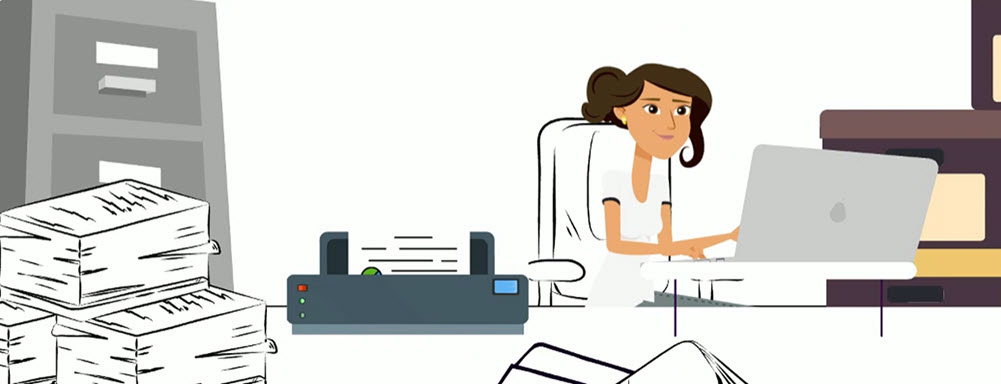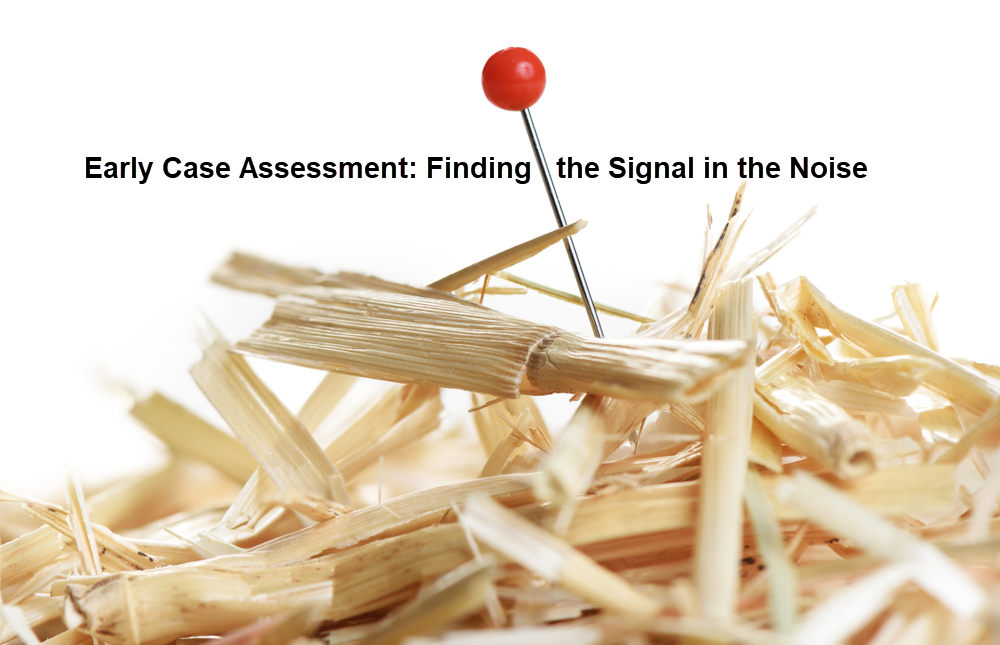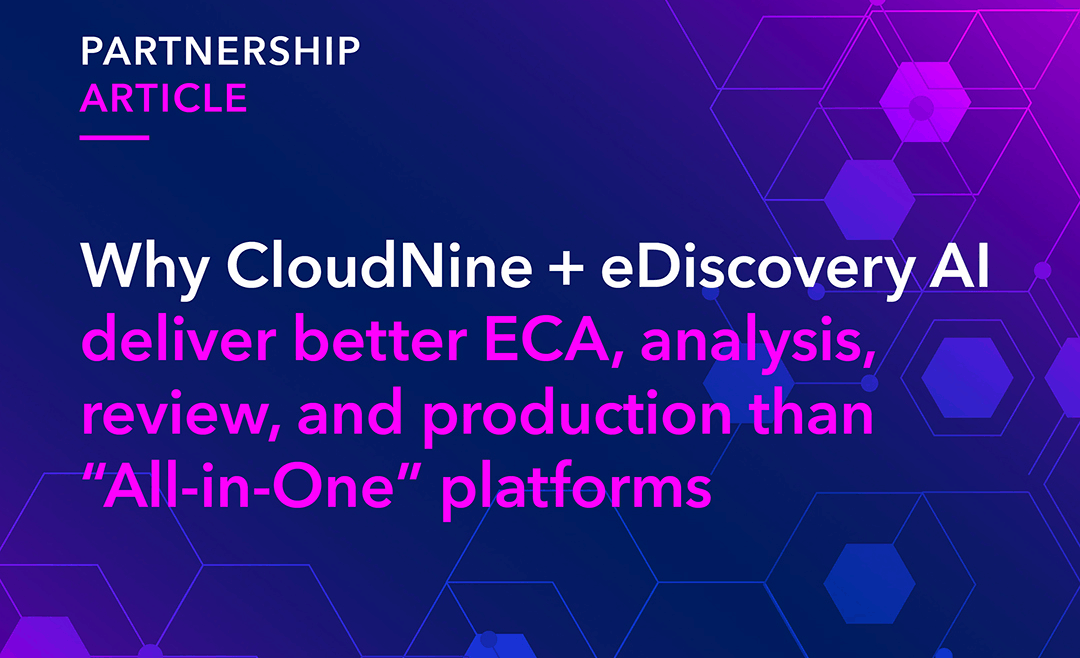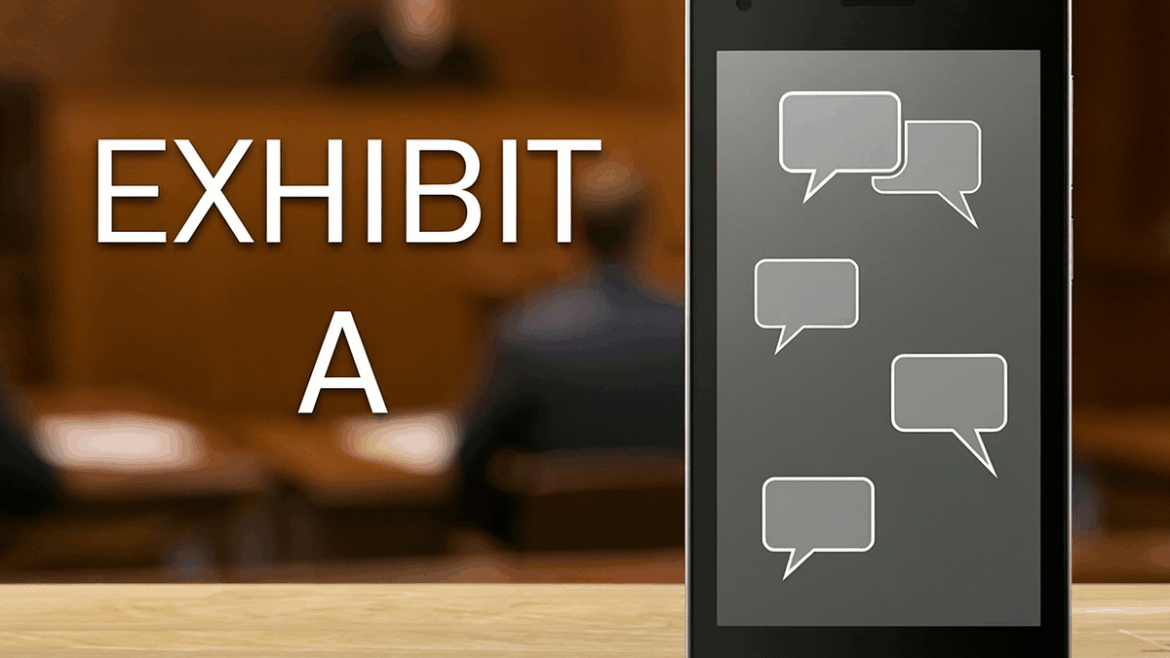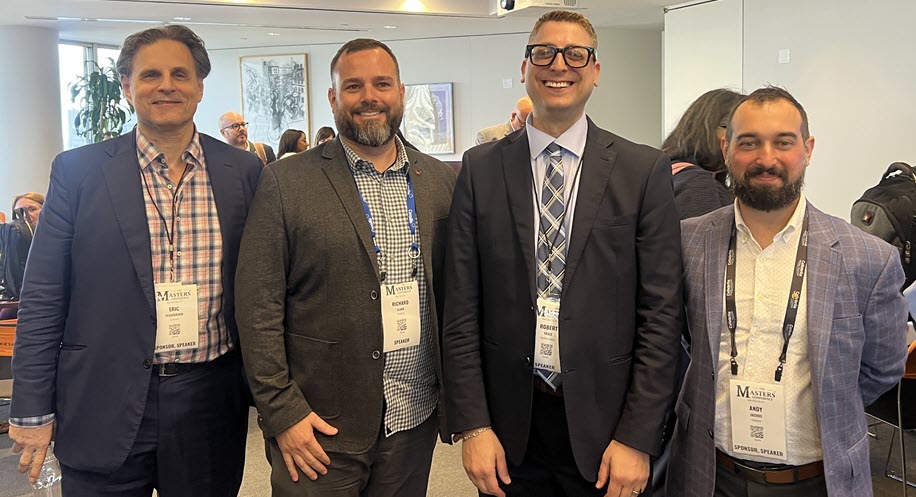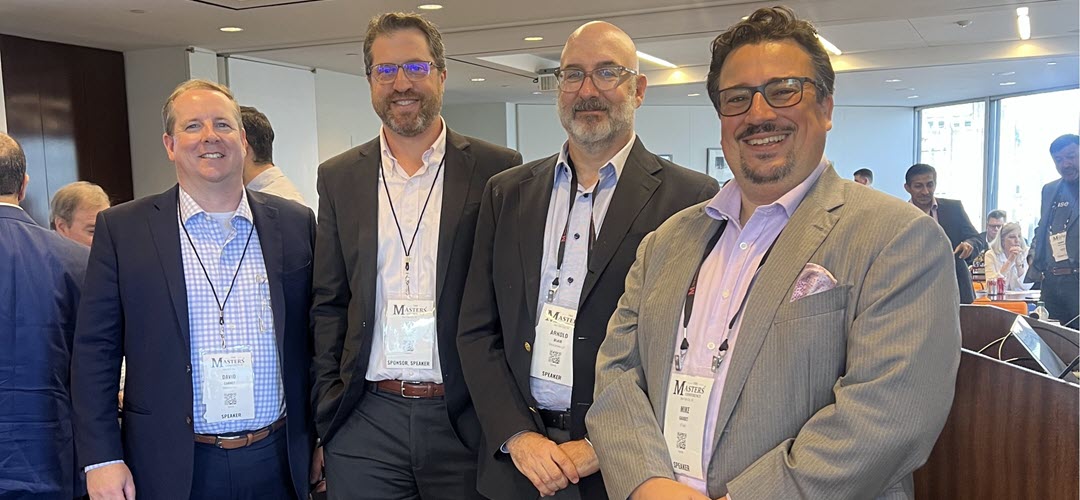Masters Conference: NYC, 2025 | Article by Rick Clark
At The Masters Conference NYC, held July 22–23, 2025, legal professionals, investigators, and technologists gathered at Morgan Lewis to share not only the promise of AI but also its limitations. One standout session, “From the Frontlines of Resolving Disputes: Bringing the Right Combination of AI (and Not AI) Tools,” delivered just that: real-world stories from financial disputes, fraud investigations, and litigation matters where the right mix of human expertise and tech-savvy strategy made all the difference.
Moderated by seasoned veterans with experience discussing AI with clients, the panel featured:
- Mike Gaudet – Managing Director, J.S. Held
- Ken Feinstein – Senior Managing Director, J.S. Held
- Arnold Blair – Discovery Counsel, MoloLamken
- David Carney – Partner, Robinson+Cole
Their message was clear: there is no silver bullet to addressing eDiscovery issues. Success often comes from striking a balanced approach between traditional methods and modern tools, including AI-powered tools
The Data Have Changed. Have You?
“Five years ago, the conversation was: Should we get the phones and chats? Now it’s: We always get the phones and chats,” said Mike Gaudet, summarizing the evolution of data sources in disputes.
Arnold Blair noted that many still forget that short message communications, including texts and messaging apps are discoverable, they often reveal more candid insights than formal emails. “People are more cavalier in what they say, and that makes it a goldmine for investigators if you can afford to get to it.” The cost and time required to sift through hours of “24-hour document” style reviews have created new pressure on teams to be smarter in how they collect and analyze modern communications.
Ken Feinstein emphasized that while the foundational steps of discovery (identification, collection, review) have not changed, how we interact with the data has. “Visualization tools and AI-assisted platforms now help teams make sense of communication patterns, transaction timelines, and relationships across structured and unstructured data.”
AI Is a Tool. Not the Answer
Throughout the session, panelists reiterated: AI should augment human decision-making, not replace it.
David Carney offered a reality check for those eager to deploy emerging tech: “It starts with the client. What’s their comfort level with innovation? Some are eager to experiment; others are skeptical, especially with riskier tech like generative AI.” He cited “hallucinations” in legal research which is false or fabricated cases from tools like ChatGPT as a cautionary tale. Validation, he stressed, must be baked into every AI-enabled workflow.
Arnold Blair added that the type of case should be a factor to consider what technology to use . A construction litigation case doesn’t need the same toolkit as a high-profile healthcare fraud matter. Flexibility and creativity are essential.
Navigating the Tech Landscape: Practical Considerations
Choosing the right approach means balancing multiple factors:
- Suitability and defensibility of the technology
- Client comfort level with AI or advanced platforms
- Timeline and budget constraints
- Risks related to data privacy, accuracy, and trust
- Ongoing need for human oversight
Carney described implementing some AI tools, particularly those that help with data interaction and visualization, as a way to “dip your toe in the water.”. These tools create a technology-assisted, human-led review model, helping teams get to the truth faster and with better precision.
The Role of AI in Investigations and Disputes
Ken Feinstein focused on one of AI’s most valuable applications: normalizing semi-structured data into analyzable formats. When messages, emails, transactions, and timelines are layered into a cohesive dataset, patterns emerge and stories are revealed.
“Every matter is different,” Feinstein said, “so your approach needs to be innovative and case-specific.” He encouraged professionals to explore hybrid models and layered approaches, where AI enhances, but doesn’t overtake, traditional methodologies.
Mike Gaudet added that the future lies in layered AI that adapts to complex cases with real-time inputs and cross-data references. In litigation involving healthcare mergers or construction disputes, layered approaches allow investigators to correlate internal messages with financial triggers, project delays, or compliance gaps.
Trends on the Horizon
The panel also spotlighted key litigation technology trends:
- Technology is moving further upstream – directly behind the client’s firewall
- Faster adoption rates as AI becomes part of broader corporate strategies
- A surge in irrelevant data means culling tools must evolve rapidly
- Data reviewed all together as a stream, not just in siloed document batches
- Human focus is shifting to more strategic and interpretive tasks
According to Carney, clients are warming up to these changes especially when a previous success story or proof of concept is available. “If we’ve used it before in a similar case and it worked, that helps get buy-in.”
Conclusion: The Truth Takes a Team; Both Human and Machine
In the end, this session from The Masters Conference reminded attendees that there’s no shortcut to the truth in legal disputes. AI and advanced tools are incredibly powerful allies, but they’re not miracle workers. Thoughtful professionals, strategic planning, and contextual judgment remain irreplaceable.
Every case demands its own approach. Sometimes that means deploying cutting-edge AI tools. Other times, it’s about asking the right questions, using visualization platforms, and staying grounded in defensible, client-focused strategies.
Because whether it’s AI, chat messages, financial records, or family law disputes, the mission remains the same: Find the truth. Tell the story. Defend the process.


